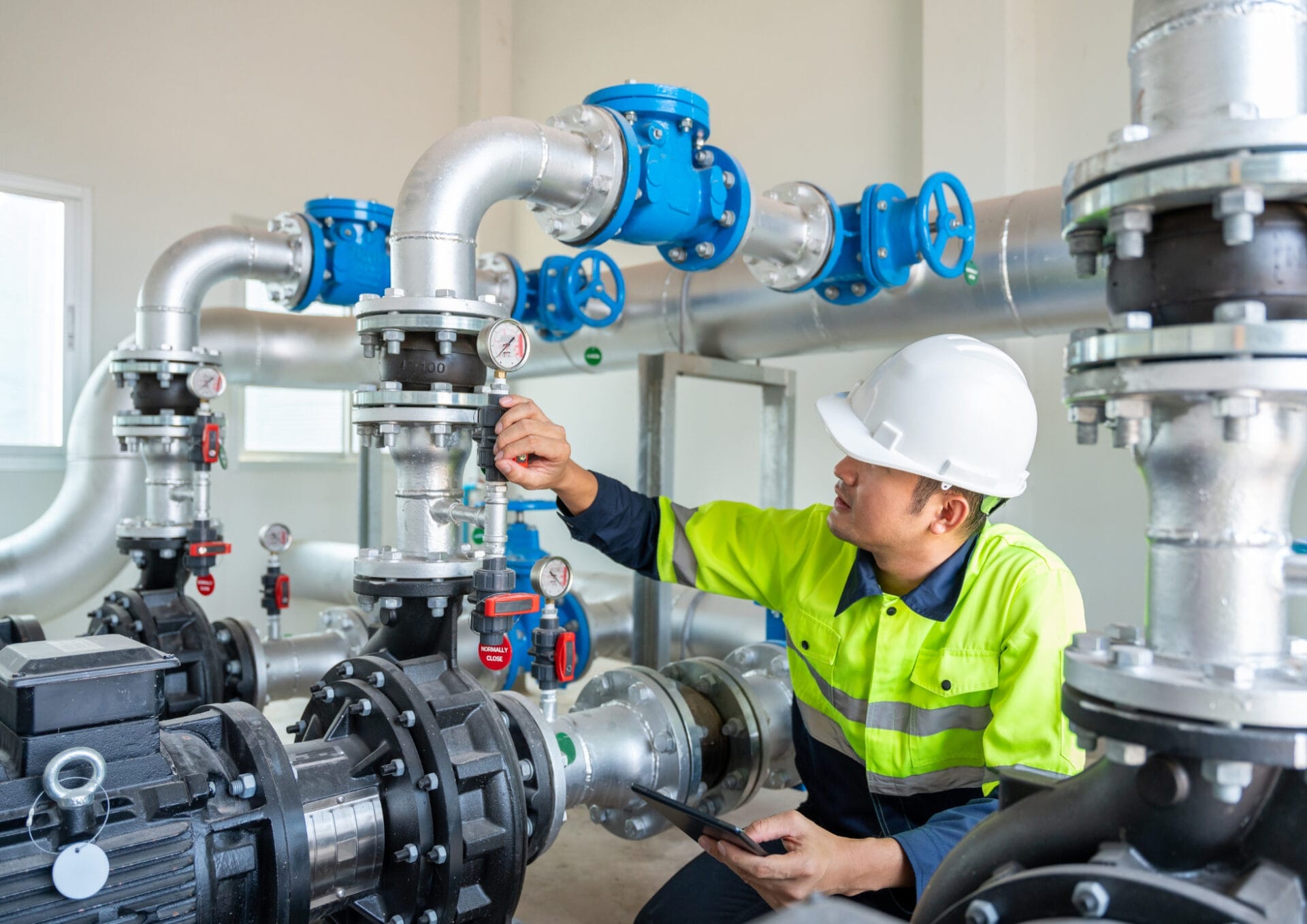Even the slightest water contamination is a big no-no since this can directly affect the health of your consumers. Backflow prevention devices are used to safeguard the water supply by preventing contamination from flowing back. To ensure that this is functioning properly and optimally, backflow test kits are utilized in regular testing.
Importance of Backflow Test Kits
Backflow test kits are specialized instruments that evaluate the functionality of backflow prevention devices. These kits, which consist of valves, hoses, and gauges, measure pressure differentials across the device to detect if backflow is present. Over time, they will require proper maintenance and care, including calibration. This preventive measure helps avoid issues such as hazardous contamination and costly emergencies.
Backflow Test Kit Calibration Frequency
Factors to Consider
The question arises: How often should you calibrate your backflow test kit? There is no single correct answer to this question; many factors should be considered:
- Risk Assessment – A qualified professional’s thorough risk assessment takes into account variables such as water pressure, possible contaminants, and the type of backflow prevention device. The suggested testing frequency is influenced by this assessment.
- Facility Type – Due to the higher potential hazards in commercial buildings, hospitals, and industrial facilities, testing is usually not as necessary for residential properties as it is for the latter.
- Regulatory Requirements – The frequency mandated by the Environmental Protection Agency (EPA) and local authorities serves as a baseline. But, these might change based on the kind of facility and where you live.
Recommended Schedule and Frequency
Although frequencies are determined by regulations and unique situations, the following is a general guideline:
- Annual calibration: This is recommended for minimal use of backflow preventers. An example would be a single-family home with low-risk backflow potential.
- Semi-annual calibration: Ideally, this is for commercial buildings, apartments, and facilities considered as moderate risk.
- Quarterly or more frequent calibration: Essential for high-risk facilities like hospitals, food processing plants, and irrigation systems with backflow prevention devices.
Industry standards and best practices typically align with these recommendations. However, there is greater emphasis on ensuring accurate testing. If there are any signs of potential risk, immediate checking and calibration should be promptly done, regardless of whether there is already a scheduled calibration set.
Invest in a Reliable Backflow Test Kit Calibration Service
Many rely heavily on clean water, including businesses, facilities, and households. Deciding when to calibrate your test kits and engaging a trained professional is truly an investment worth making. It minimizes risks and helps protect the health of consumers. By implementing a schedule for this based on factors such as risk assessment, relevant regulations, and expert recommendations, you can acquire the peace of mind that comes with proactive backflow prevention.
To learn more about backflow test kit calibration, feel free to message us with your inquiries.

